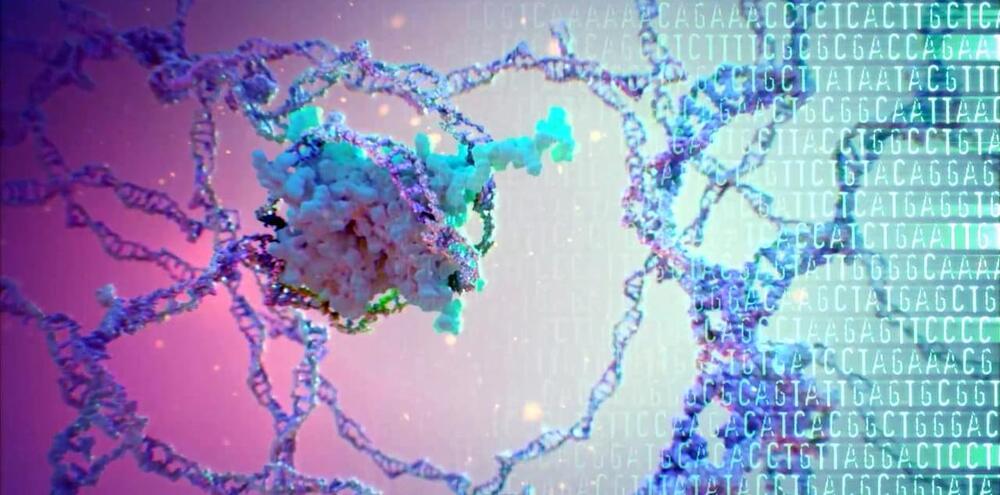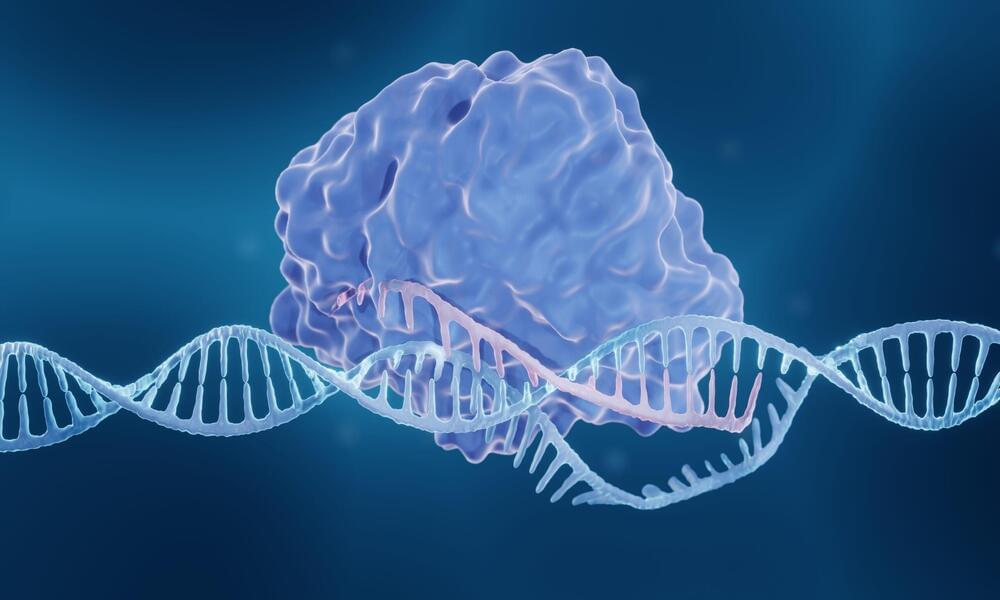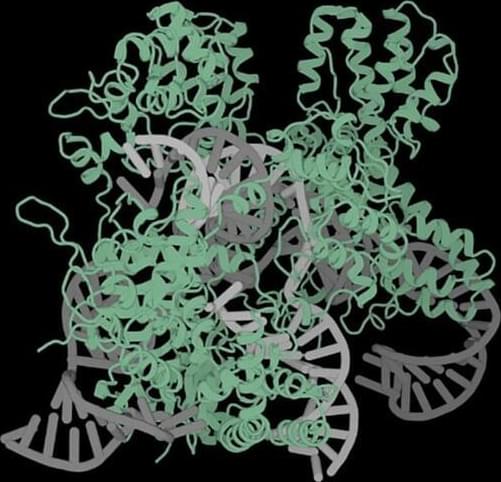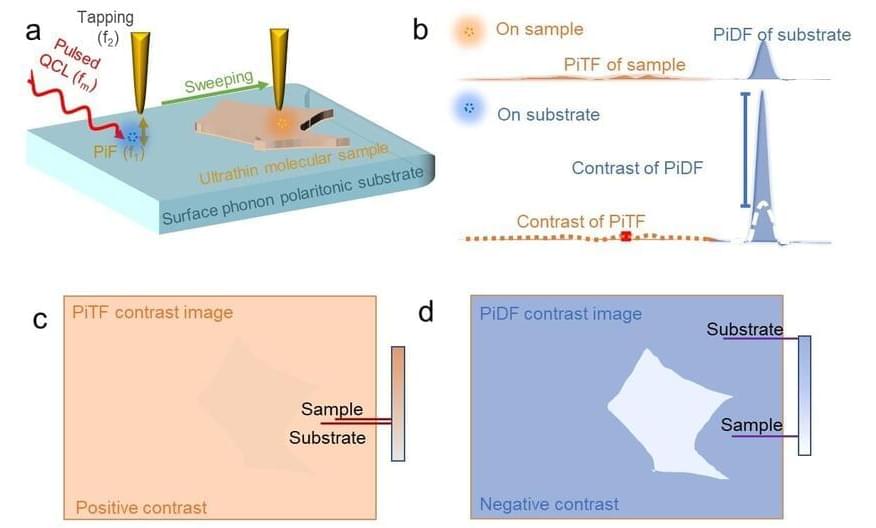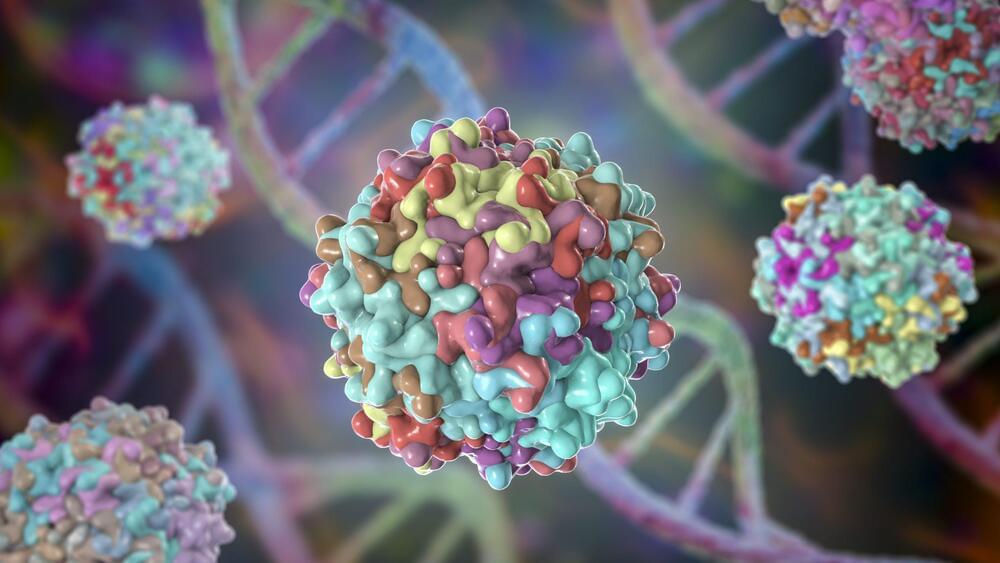Archive for the ‘bioengineering’ category
May 11, 2024
CRISPR in Neuroscience: How Precision Gene Editing May Unravel How the Brain Works (and Why it Sometimes Doesn’t)
Posted by Dan Breeden in categories: bioengineering, biotech/medical, genetics, neuroscience
The brain is one of the most complex entities in biology. For thousands of years, humans have wondered how the human brain works, but only in the past few years has technology evolved so that scientists can actually answer some of the many questions we have. What are the causes of brain disorders? How do our brains develop? How does the brain heal after a head injury? While we still have a long way to go before we can understand the many facets of the human brain, one technology – CRISPR – has allowed us to start answering these questions on a genetic level.
What is CRISPR?
May 11, 2024
Combination of Genetics and Nanotechnology for Down Syndrome Modification: A Potential Hypothesis and Review of the Literature
Posted by Dan Breeden in categories: bioengineering, biotech/medical, genetics, nanotechnology, neuroscience
Down syndrome (DS) is one of the most prevalent genetic disorders in humans. The use of new approaches in genetic engineering and nanotechnology methods in combination with natural cellular phenomenon can modify the disease in affected people. We consider two CRISPR/Cas9 systems to cut a specific region from short arm of the chromosome 21 (Chr21) and replace it with a novel designed DNA construct, containing the essential genes in chromatin remodeling for inactivating of an extra Chr21. This requires mimicking of the natural cellular pattern for inactivation of the extra X chromosome in females. By means of controlled dosage of an appropriate Nano-carrier (a surface engineered Poly D, L-lactide-co-glycolide (PLGA) for integrating the relevant construct in Trisomy21 brain cell culture media and then in DS mouse model, we would be able to evaluate the modification and the reduction of the active extra Chr21 and in turn reduce substantial adverse effects of the disease, like intellectual disabilities. The hypothesis and study seek new insights in Down syndrome modification.
Keywords: Down syndrome, CRISPR/Cas9, Designed DNA construct, Poly D L-lactide-co-glycolide (PLGA), Nano-carrier, Chromosome 21 inactivation.
May 11, 2024
Gene Editing for Inherited Form of Blindness Shows Promise in Phase I/II Trial
Posted by Dan Breeden in categories: bioengineering, biotech/medical
CRISPR gene editing leads to improvements in vision for people with inherited blindness, a recent clinical trial shows.
May 11, 2024
Another blog entry on medium
Posted by Dan Breeden in categories: bioengineering, biotech/medical, neuroscience
“Engineering the brain”. There was no intelligent design, and as a result, body organs do not resemble machines. Once we start building machines like body organs — with utility functions, self-organization and cells as building blocks, we can mesh engineering and evolutionary principles to arrive at better organisms.
May 10, 2024
New AI generates CRISPR proteins unlike any seen in nature
Posted by Kelvin Dafiaghor in categories: bioengineering, biotech/medical, robotics/AI
Each CRISPR system has two parts: a strand of RNA that matches the target and a protein that makes the edit. The most commonly used protein for gene editing is called “Cas9,” but scientists have discovered CRISPRs with other proteins that give them unique capabilities — while CRISPR-Cas9 slices through DNA, for example, CRISPR-Cas13 targets RNA.
Our current CRISPR gene editors are far from perfect, though. They can make edits in the wrong places or edit too few cells to make a difference, so researchers are constantly on the hunt for new CRISPR systems.
AI-designed CRISPR: Up until now, that hunt has been limited to the CRISPRs that have been discovered in nature, but Profluent has used the same types of AI models that allow ChatGPT to generate language to develop an AI platform that can generate millions of CRISPR-like proteins.
May 8, 2024
This $119 houseplant is bioengineered to remove harmful air pollution in your home
Posted by Genevieve Klien in categories: bioengineering, sustainability
Neoplants has bioengineered a houseplant that uses bacteria to remove indoor air pollution from your home.
May 8, 2024
Ultrathin samples with surface phonon polariton enhance photoinduced dipole force
Posted by Dan Breeden in categories: bioengineering, chemistry
A new study has been led by Prof. Xing-Hua Xia (State Key Lab of Analytical Chemistry for Life Science, School of Chemistry and Chemical Engineering, Nanjing University). While analyzing the infrared photoinduced force response of quartz, Dr. Jian Li observed a unique spectral response that is different from the far field infrared absorption spectrum.
May 8, 2024
Aligned peptide ‘noodles’ could enable lab-grown biological tissues
Posted by Dan Breeden in categories: bioengineering, biotech/medical
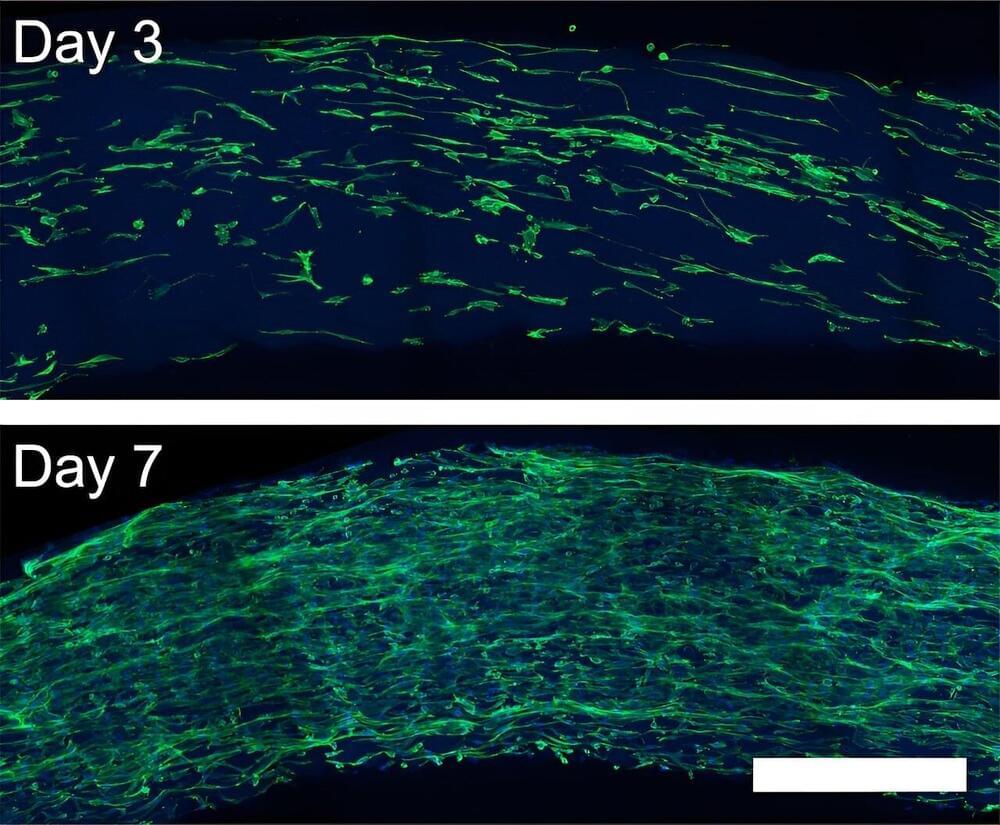
A team of chemists and bioengineers at Rice University and the University of Houston have achieved a significant milestone in their work to create a biomaterial that can be used to grow biological tissues outside the human body.
May 8, 2024
CRISPR Enzyme Found in Metagenomic Study Is Tiny, Yet Active and Precise
Posted by Dan Breeden in categories: bioengineering, biotech/medical, computing, genetics, health
The results of a metagenomic study from the University of Trento suggest that the CRISPR toolbox will need to make room for another CRISPR enzyme. The disruption should be minimal because the newly identified enzyme is unusually compact. It consists of just over 1,000 amino acids. And yet it is also strongly active and highly precise. The hope is that it can be packaged with guide RNA within the tight quarters afforded by adeno-associated virus (AAV) vectors, and thereby expand the use of in vivo gene editing in therapeutic applications.
The study was led by Anna Cereseto, PhD, and Nicola Segata, PhD, of the department of cellular, computational, and integrative biology. Cereseto leads a laboratory that develops advanced genome editing technologies and their application in the medical sector. Segata is the head of a laboratory of metagenomics, where he studies the variety and characteristics of the human microbiome and its role in health. Their collaboration has led to the identification, in a bacterium of the intestine, of new CRISPR-Cas9 molecules that could have a clinical potential to treat genetic diseases.
Detailed findings from the study recently appeared in Nature Communications, in an article titled, “CoCas9 is a compact nuclease from the human microbiome for efficient and precise genome editing.”

